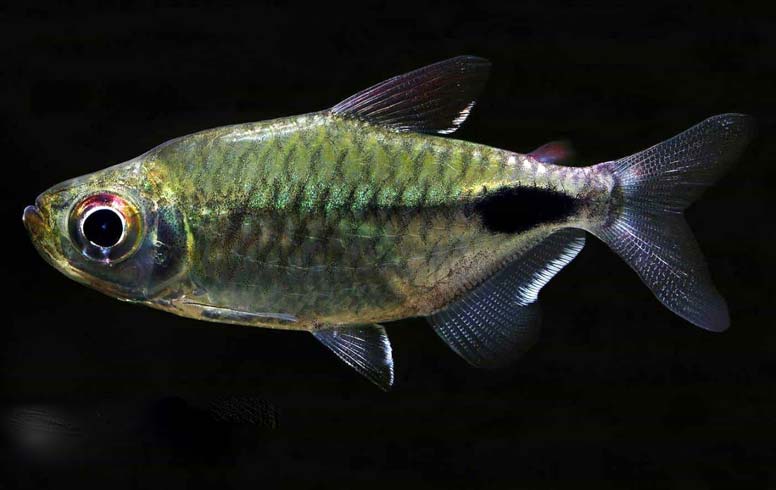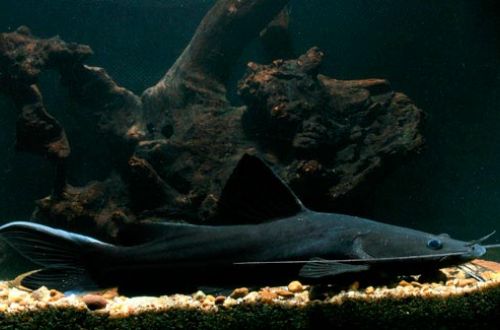
Tetra Altus
Tetra Altus, scientific name Brachypetersius altus, belongs to the family Alestidae (African tetras). It occurs naturally in West Africa in the lower basin of the Congo River and its numerous tributaries on the territory of the states of the same name of the Congo and the Democratic Republic of the Congo. Inhabits sections of rivers with a slow flow, backwaters with dense thickets of aquatic plants and silted substrates covered with a layer of fallen plant organic matter. The water in the habitats, as a rule, is brownish in color, slightly turbid with a suspension of organic particles.
Contents
Tetra Altus
 Tetra Altus, scientific name Brachypetersius altus, belongs to the family Alestidae (African tetras)
Tetra Altus, scientific name Brachypetersius altus, belongs to the family Alestidae (African tetras)

Description
Adult individuals reach a length of about 6 cm. The body is high with a large head and large eyes, thanks to which the fish orients itself and finds food in conditions of muddy water and low light. The color is silvery with greenish hues. The fins are translucent with red tints and a white edge. There is a large black spot on the caudal peduncle.
A similar spot at the base of the tail is also found in the closely related Tetra Brüsegheim, which, coupled with a similar body shape, leads to confusion between the two fish.
Brief information:
- The volume of the aquarium – from 120 liters.
- Temperature – 23-27°C
- pH value – 6.0–7.2
- Water hardness – soft (3–10 dH)
- Substrate type – any dark
- Lighting – subdued
- Brackish water – no
- Water movement is weak
- The size of the fish is about 6 cm.
- Food – any food
- Temperament – peaceful, active
- Keeping in a flock of 5-6 individuals
Maintenance and care, arrangement of the aquarium
The optimal size of the aquarium for a flock of 5-6 fish starts from 120 liters. In the design, it is recommended to use dark soil, thickets of shade-loving plants, such as anubias, driftwood and other shelters. The lighting is subdued. Shading can also be achieved by placing floating plants.
To give the water a chemical composition characteristic of its natural habitat, the leaves and bark of some trees are placed at the bottom. As they decompose, they release tannins that turn the water brown. Read more in the article “Which tree leaves can be used in an aquarium.”
The hydrochemical composition of the water must remain stable and not exceed the recommended pH and dH ranges indicated above. Maintaining high water quality, which means low levels of pollutants and products of the nitrogen cycle, is another important factor. To do this, it is necessary to ensure the uninterrupted operation of the filtration system and carry out weekly maintenance of the aquarium – replacing part of the water with fresh water and removing accumulated organic waste (food residue, excrement).
Food
Altus tetras grown in an artificial environment are usually accustomed by breeders to receive popular dry food, so there are no problems with the choice of food. The daily diet may consist of dry flakes, granules with the addition of live or frozen food.
Behavior and Compatibility
Prefers to be in the company of relatives or closely related species, so it is advisable to purchase a group of 5-6 individuals. They are distinguished by a peaceful disposition, compatible with many other fish of a comparable size.





